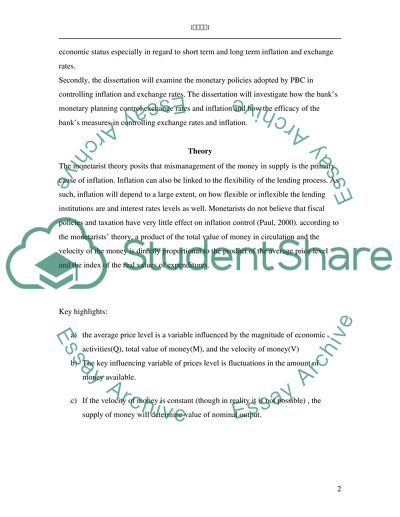Cite this document
(Chinese Economic Reforms Research Proposal Example | Topics and Well Written Essays - 2000 words, n.d.)
Chinese Economic Reforms Research Proposal Example | Topics and Well Written Essays - 2000 words. Retrieved from https://studentshare.org/finance-accounting/1505323-chinese-economic-reforms
Chinese Economic Reforms Research Proposal Example | Topics and Well Written Essays - 2000 words. Retrieved from https://studentshare.org/finance-accounting/1505323-chinese-economic-reforms
(Chinese Economic Reforms Research Proposal Example | Topics and Well Written Essays - 2000 Words)
Chinese Economic Reforms Research Proposal Example | Topics and Well Written Essays - 2000 Words. https://studentshare.org/finance-accounting/1505323-chinese-economic-reforms.
Chinese Economic Reforms Research Proposal Example | Topics and Well Written Essays - 2000 Words. https://studentshare.org/finance-accounting/1505323-chinese-economic-reforms.
“Chinese Economic Reforms Research Proposal Example | Topics and Well Written Essays - 2000 Words”, n.d. https://studentshare.org/finance-accounting/1505323-chinese-economic-reforms.


